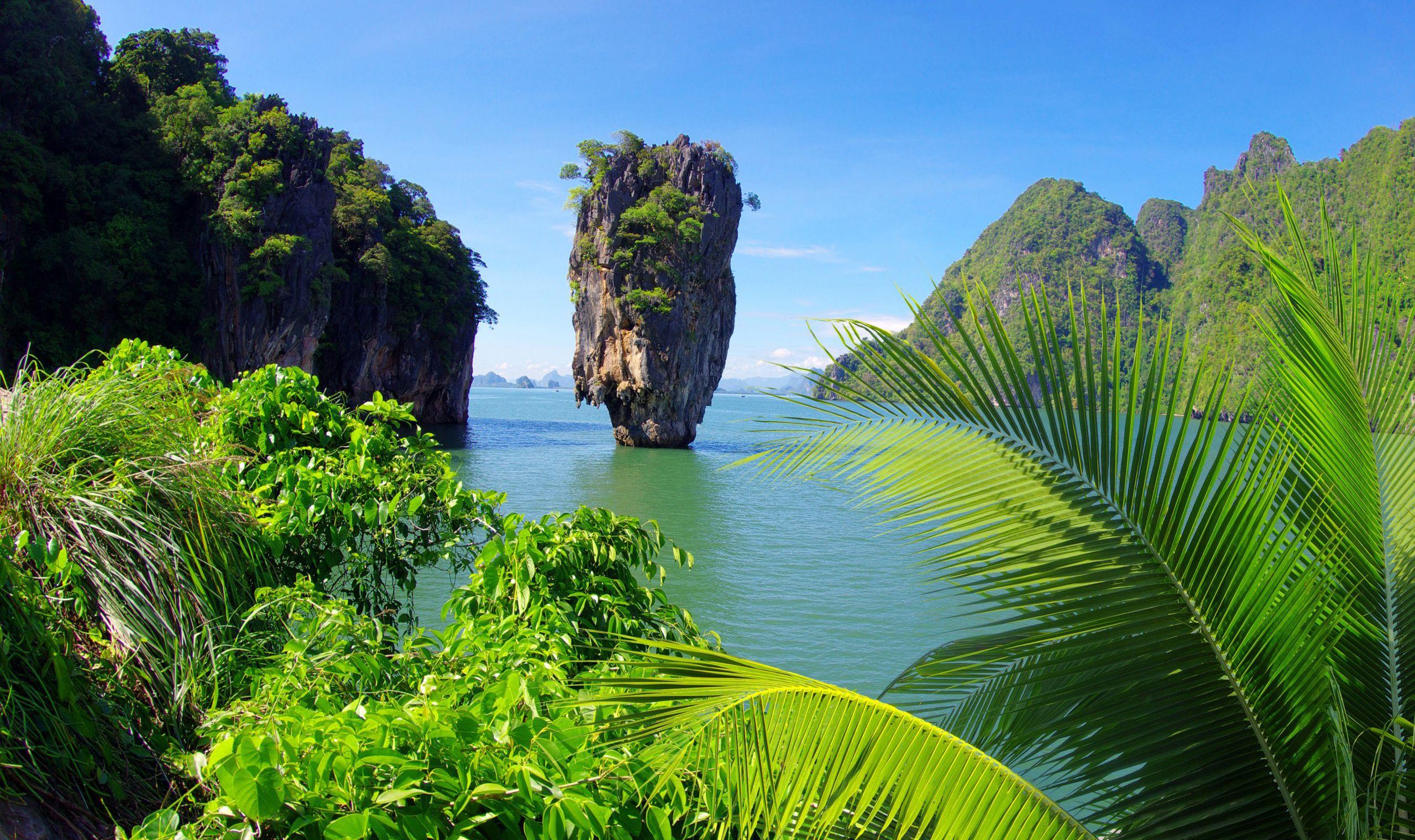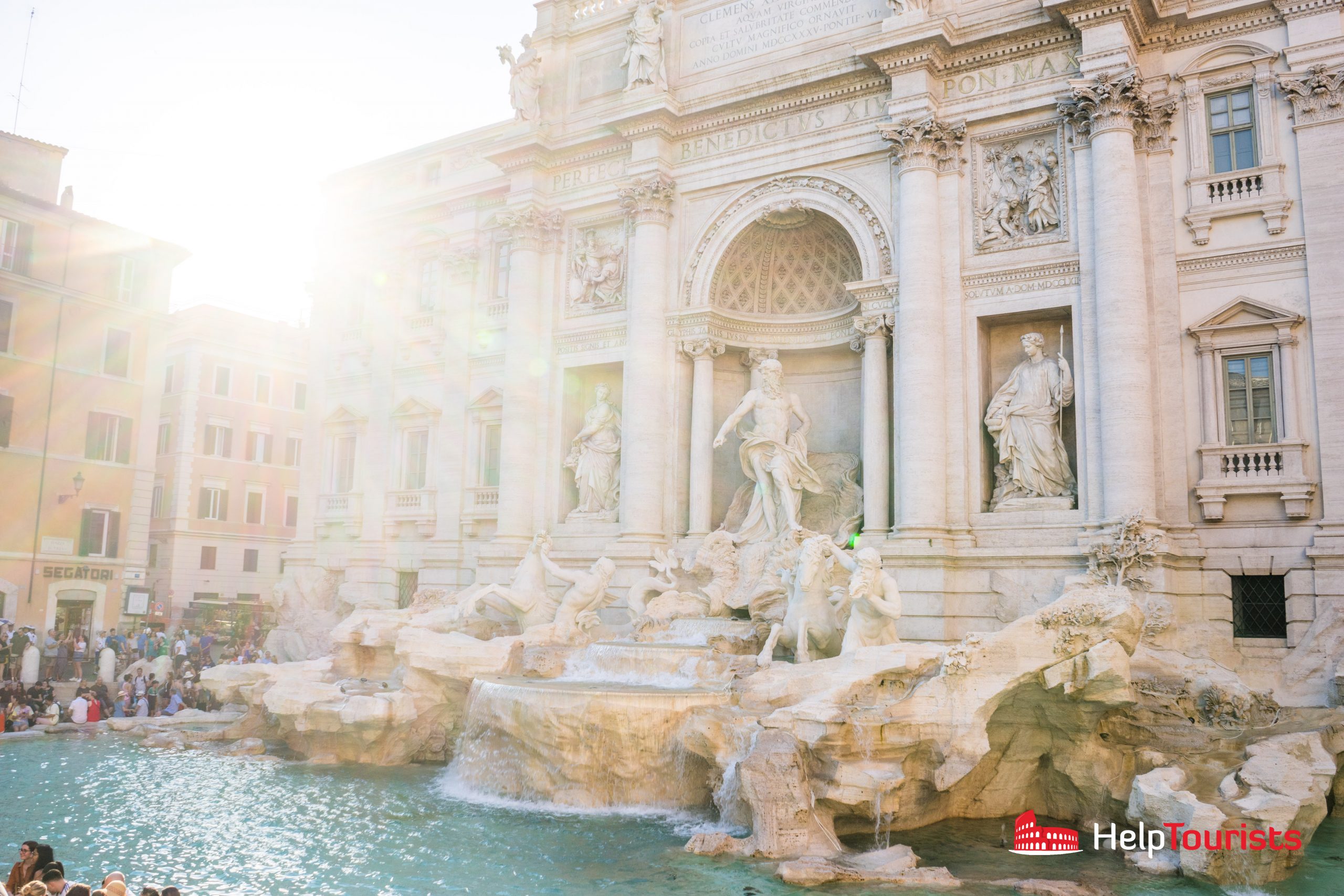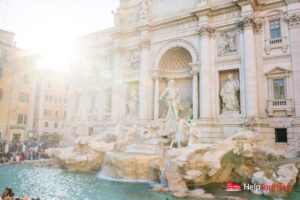When one thinks of the Caribbean, images of sun-kissed beaches and vibrant nightlife often come to mind. However, the Dominican Republic offers more than just picturesque coastlines and rhythmic beats. This island nation, which shares the island of Hispaniola with Haiti, boasts a rich tapestry woven from its diverse history, culture, and stunning natural landscapes. Let’s delve into some intriguing facts about the Dominican Republic that may just shift your perspective.
1. The Birthplace of the Americas
The Dominican Republic is renowned as the site of the first permanent European settlement in the Americas. Founded in 1496 by Christopher Columbus’s brother, Bartholomew Columbus, Santo Domingo is recognized as the oldest continuously inhabited European-established city in the New World. The Colonial Zone, a UNESCO World Heritage Site, houses remarkable architectural gems such as the first cathedral in the Americas, the Catedral Primada de América, as well as ancient forts and palaces that resonate with colonial history.
2. A Melodic Heartbeat: Merengue and Bachata
The music and dance of the Dominican Republic are pulsating with life and energy. Merengue, the official dance of the nation, originates here and is distinguished by its vivacious rhythm, which encourages spontaneous joy. Equally significant is bachata, a genre reflecting themes of love, heartbreak, and the nuances of daily life. Both styles interweave threads of African, European, and Taino influences, producing a rich musical landscape that captivates both locals and visitors alike.
3. A Paradise for Nature Enthusiasts
Beyond its celebrated beaches, the Dominican Republic is home to diverse ecosystems. The nation boasts several national parks, including Parque Nacional Jaragua, where one can encounter endemic species such as the Hispaniolan solenodon, one of the few venomous mammals in the world. Additionally, the lush terrain of the Cordillera Central mountain range presents stunning vistas and lush forests, making it an attractive destination for hikers and nature lovers.
4. Beaches Beyond Compare
The Dominican Republic is famed for its breathtaking beaches. Punta Cana may be the poster child for tropical paradise, thanks to its azure waters and soft, white sandy beaches. However, places like Samaná Peninsula offer a different allure. Here, visitors can observe migrating humpback whales in the bay, showcasing yet another striking aspect of the island’s natural beauty. Each beach, from secluded coves to bustling shorelines, tells its own story.
5. An Intricate Blend of Cultures
The cultural landscape of the Dominican Republic is a mosaic, reflecting its Taino heritage, Spanish colonization, and African influences. This blend is evident in the island’s culinary delights, music, art, and festivals. Traditional dishes like mangu, sancocho, and tostones encapsulate flavors and cooking methods passed down through generations. Festivals such as Carnaval de la Vega demonstrate the vibrant culture, showcasing colorful parades and traditional costumes that celebrate both heritage and creativity.
6. The Enigmatic Pyramids of the Taino
While many may associate the Caribbean with the pyramids of Egypt, the Taino people, the island’s indigenous inhabitants, constructed their own monumental sites. The Pyramids of La Isabela are remnants of a Taino ceremonial structure, where the community once conducted rituals honoring their deities. Discovering these sites offers a glimpse into a civilization that thrived long before Columbus arrived, asserting the island’s historical significance.
7. Sports and National Passion: Baseball
Sports play an integral role in Caribbean culture, and the Dominican Republic proudly claims its love for baseball. The country has produced an impressive number of Major League Baseball players, including legends like Pedro Martínez and David Ortiz. The sport’s popularity goes beyond the professional sphere; local communities engage in spirited games that foster camaraderie and cultivate a vibrant social culture.
8. Natural Wonders: Lake Enriquillo
Straddling the border between the Dominican Republic and Haiti is Lake Enriquillo, the largest lake in the Caribbean. This stunning body of water is noteworthy not only its saline content but also for its biodiversity. The lake is home to American crocodiles and various bird species, making it a unique ecological sanctuary. Interestingly, the lake continues to rise due to climate conditions, leading to intriguing geological phenomena in the region.
9. A Land of Gastronomic Delights
The culinary scene in the Dominican Republic is an embodiment of its cultural heritage. Staples like rice, beans, and plantains grace the tables of homes across the island. The imaginative intersections of these ingredients produce dishes that resonate with locals and delight tourists. Signature offerings, such as the Dominican flag (a plate of rice, beans, and meat), deliver a symphony of flavors that tell the story of the land and its people.
10. The Spirit of Resilience
Despite its challenges, including natural disasters and economic struggles, the Dominican Republic embodies a spirit of resilience. This indomitable nature is mirrored in its people, whose warmth and hospitality make visitors feel at home. This tenacity is palpable in daily life, arts, and community initiatives, showcasing a vibrant culture that thrives despite adversity.
As you explore what the Dominican Republic has to offer, the island reveals itself as a multifaceted destination that transcends the typical beach vacation. From its captivating history and rich culture to its breathtaking landscapes and warm-hearted people, there lies an exquisite world waiting to be discovered. The Dominican Republic is a land not just to visit, but to experience—a place where beaches meet beats, and history resonates with every heartbeat.









